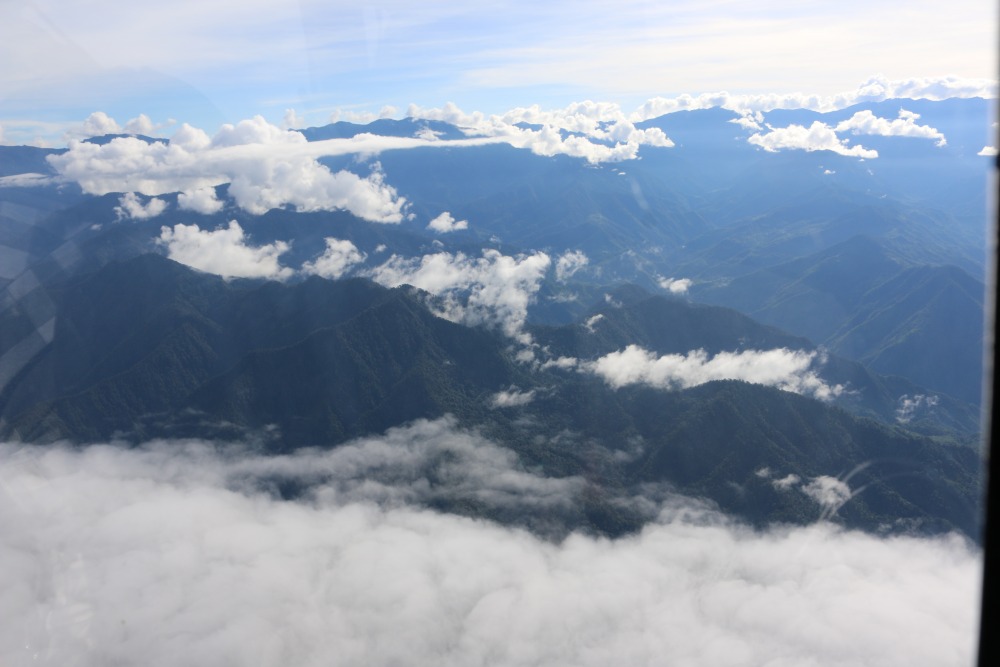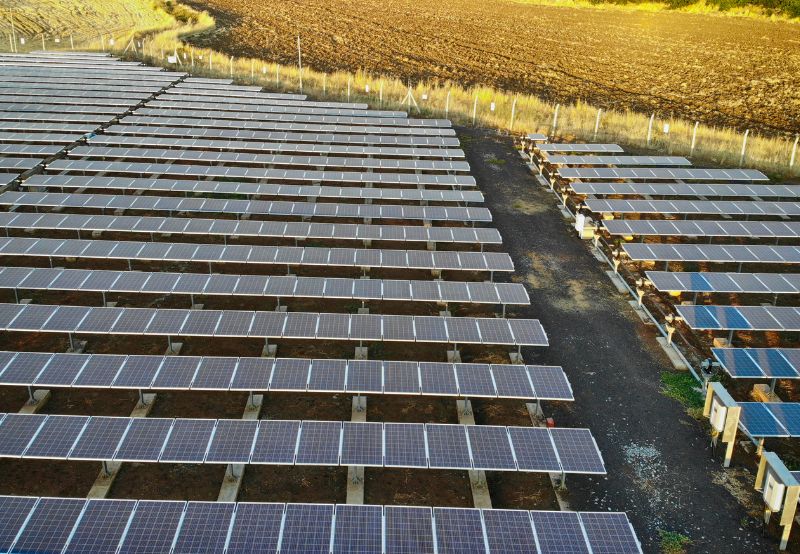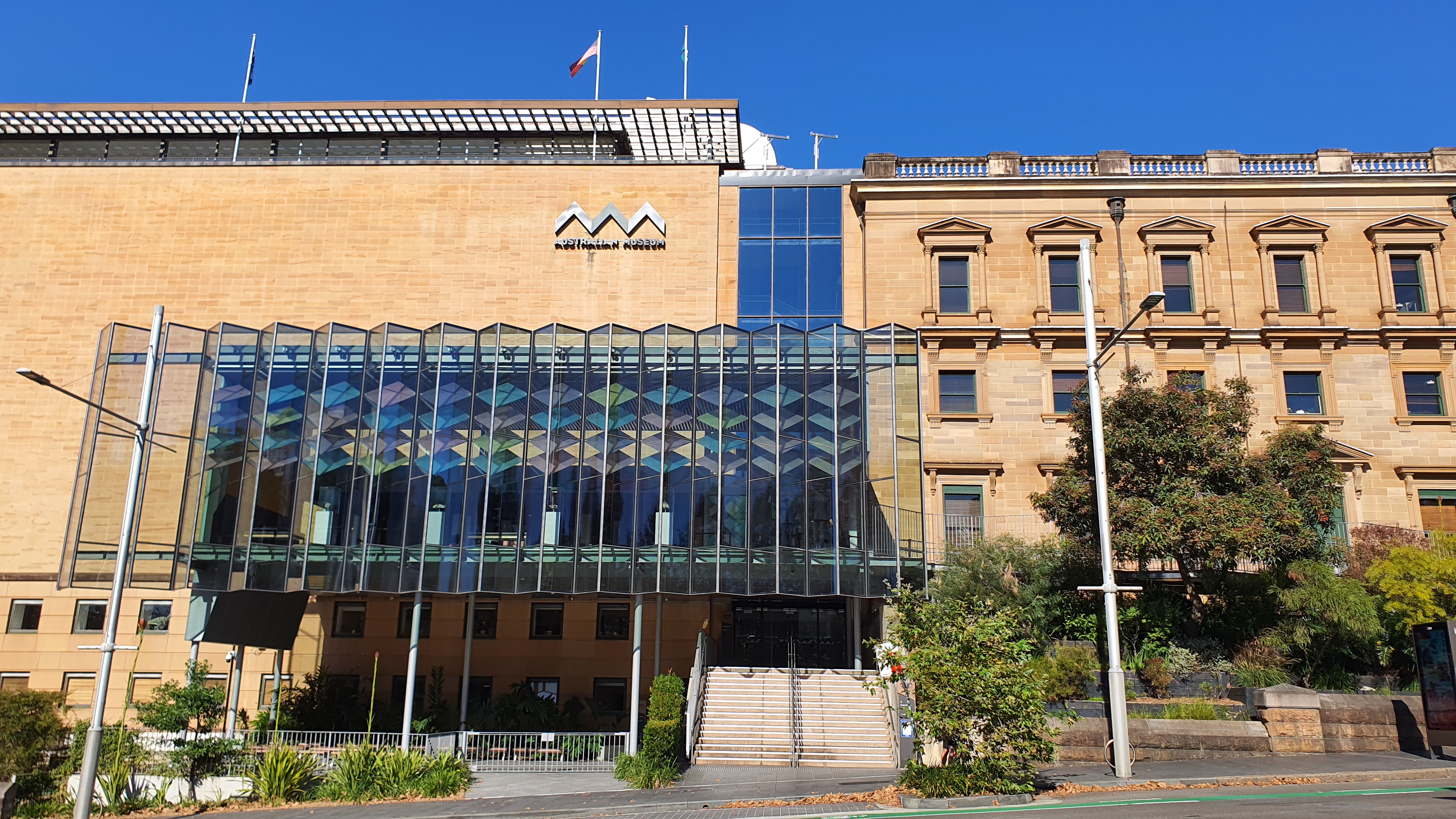Partner with Rainforest Trust to Create Protected Areas
Contents
We partner with local conservation organizations to create new protected areas for safeguarding endangered species and exemplary intact landscapes.
Join our partnership now to save species and protect our planet.

Steps & Deadlines for Applying for Rainforest Trust Support
Project development and review at Rainforest Trust is a dynamic process where partners work extensively with our Conservation Team to develop project proposals. To be considered, interested organizations must:
- Complete a short Eligibility Questionnaire available here.
- Complete and submit a Concept Note. If your organization and project are eligible, you will be provided our Concept Note template to complete.
- Concept notes are accepted anytime.
- However, if you are submitting a Concept Note for a Protected Area Full Award and you would like it to be considered by the below Application deadlines (see Step 3), we recommend submitting your Concept Note at least two months in advance of these deadlines.
- Rapid Feasibility Awards have no deadlines.
- Complete and submit an Application. Based on your Concept Note, if your project fits our criteria, you will be contacted to begin work on a more detailed Application.
- The deadlines for submitting Applications for Protected Area Full Awards are February 1, June 1 and November 1 of each calendar year. These Applications are then reviewed and approved by Rainforest Trust’s Board of Directors. Approved Protected Area Full Awards typically start no earlier than 6 months after the above Application deadlines.
- Rapid Feasibility Awards have no deadlines. Once Applications for Rapid Feasibility Awards are approved, they can begin soon thereafter. See the description of Rapid Feasibility Awards below for more information.
Final Application Deadlines for
Protected Area Full Awards:
February 1 • June 1 • November 1

Project Selection Criteria
Project Grant Applications should meet the following criteria:
- Clear focus on creating a new protected area or the expansion of existing protected areas.
- This can be through land purchase, designation as a National Park or other officially recognised protected area, conversion of logging concessions to reserve, long-term land lease, or land-titling or other mechanism of providing for indigenous ownership and management with the formal stipulation that the indigenous or community lands will be managed for conservation.
- Proposed sites must be currently unprotected. Use IUCN’s World Database of Protected Areas to determine if the area is already recognized as protected (category 1-6). Exceptions: We do not consider Biosphere Reserves, World Heritage Sites or RAMSAR Reserves to be officially protected by virtue of these designations.
- Projects should have endorsement from project stakeholders, especially local communities.
- All projects are expected to obtain Free Prior and Informed Consent (FPIC) of any impacted communities.
- Projects should seek to develop sustainable financing mechanisms for long-term management of the proposed protected area.

Proposed sites qualify if they meet one of the following:
- Protect globally significant populations of Critically Endangered (CR) or Endangered (EN) species on the IUCN Red List of Threatened Species.
- Preference will be given to proposed sites that qualify as a Key Biodiversity Area (KBA) under criterion A1(a) (site regularly holds a globally significant proportion of the population of a Critically Endangered or Endangered species; see page 16 of the KBA Standard).
LEARN MORE ABOUT KBAS - There must be recent, verifiable evidence that species assessed as CR or EN occur within the proposed site.
- Projects proposed under this criterion may encompass various habitat types (not only rainforests).
- Preference will be given to proposed sites that qualify as a Key Biodiversity Area (KBA) under criterion A1(a) (site regularly holds a globally significant proportion of the population of a Critically Endangered or Endangered species; see page 16 of the KBA Standard).
OR
- Protect an Intact Landscape according to the attached criteria.
- Priority landscapes for Rainforest Trust include: Amazonia, the Congo Basin Forests, Southern African Miombo, and the islands of Borneo and New Guinea.
OR
- Mitigate global climate change.
- Landscapes with a high capacity for carbon sequestration (e.g. tropical peat swamps, mangroves, páramo).
- Projects which substantially reduce CO2 emissions (Carbon offset eligible).
- Projects which store in perpetuity a very large quantity of carbon at a reasonable cost (e.g. designations of extensive tall hardwood forests as national parks at a low cost/acre).
An online Rainforest Trust priority setting application that incorporates Rainforest Trust metrics can be found here. The information button (“i”) in the upper left corner will provide further detail on the metrics.
Rainforest Trust partner support focuses on direct conservation action. We are unable to assist with the following:
- Overhead costs
- Long-term ecological monitoring or research
- Habitat restoration (e.g., tree planting)
- International travel
Project Review Process
Before submitting a partnership application please complete the eligibility questionnaire below. If your project is deemed to be a good fit for Rainforest Trust one of our staff members will contact you and work with you to develop the partnership application.
Deadlines for draft applications are February 1, June 1 and November 1 of each year, but please contact us at any time with any questions.
Rapid Feasibility Awards
Applications for Rapid Feasibility Awards are reviewed on a rolling basis. Rainforest Trust provides Rapid Feasibility Awards to encourage conservationists and researchers to evaluate important potential sites for creating new Protected Areas. Awards average $5,000.
Successful applications should exhibit clear intent to establish a new Protected Area and one or more of the following:
- Assess whether a site qualifies as an A1(a) KBA;
- Evaluate land tenure of unprotected A1(a) KBAs;
- Evaluate the presence and abundance of CR and EN species within unprotected A1(a) KBAs;
- Investigate legal processes for potentially designating the site as a nationally recognized protected area or acquiring the long-term lease of gazetted land, where appropriate;
- Negotiate land prices and gauge willingness to sell privately owned land.
- Assessments of community and government interest in Protected Area creation.
Take the eligibility questionnaire
If you are interested in applying to become a partner, you must first complete our eligibility questionnaire. If deemed eligible, you will be prompted to download instructions to submit a concept note for initial project evaluation. Successful applicants will then be contacted and invited to submit a full application.




